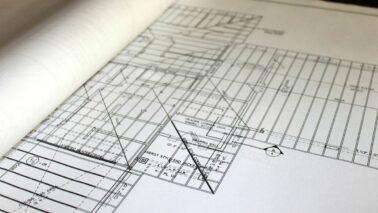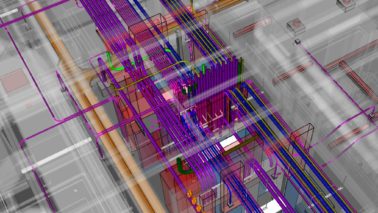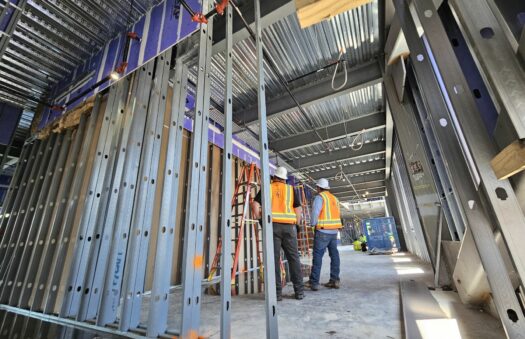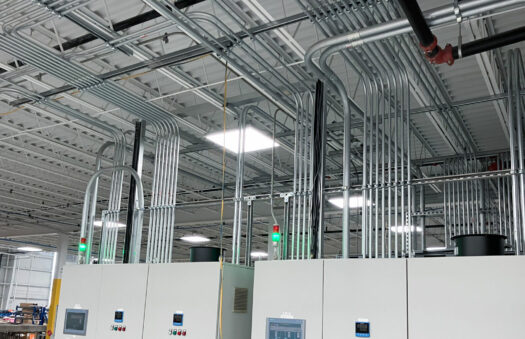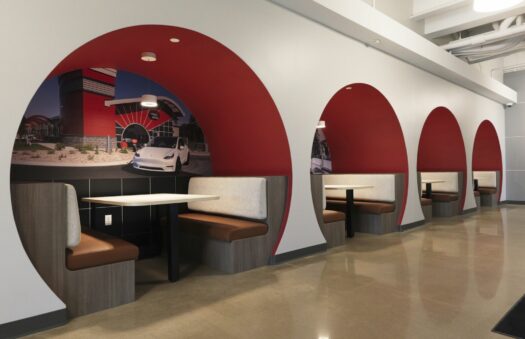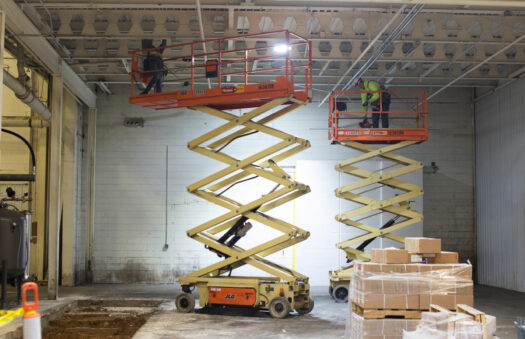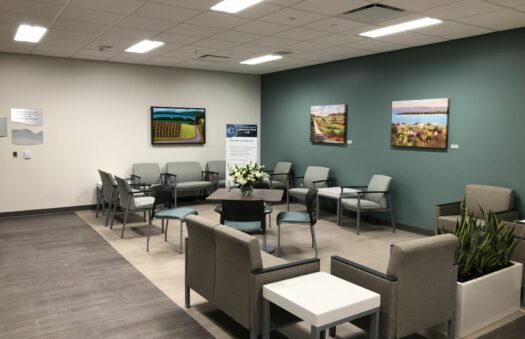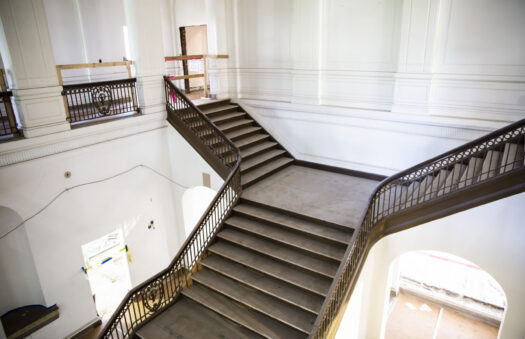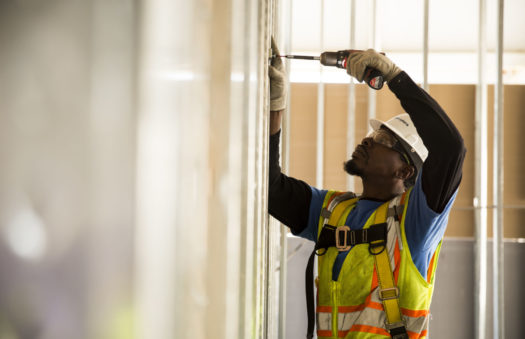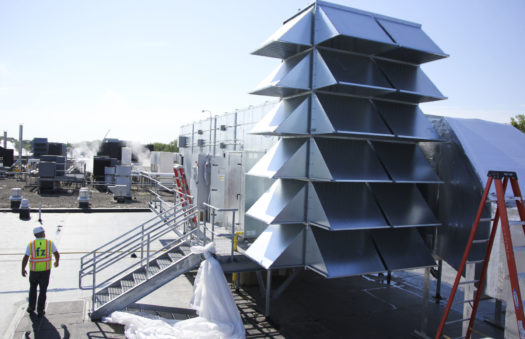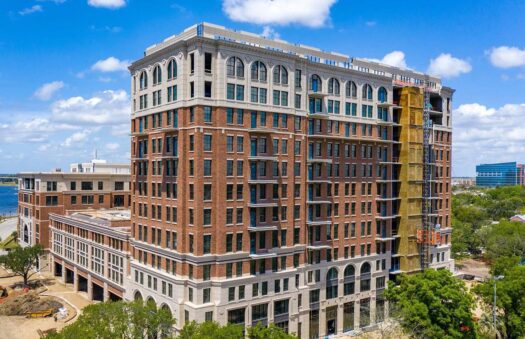Design Build vs. Design Assist vs. Traditional Bid Spec: three different ways of approaching construction projects. Each approach can drive different value for the Owner, General Contractor, A&E Firm, and Trades.
Here’s a brief comparison of Design Build vs. Design Assist vs. Traditional Bid Spec
Design Build
Responsibilities: The General Contractor is the Engineer on Record and holds all of the liability and risk around the design. The Trades are involved in the design phase of the project and are responsible for providing their own designs.
Benefits:
- With the Trades applying their knowledge and experience, the designs are more comprehensive and well-rounded. A variety of factors, including energy consumption, utilities, and equipment lifespan, are all taken into consideration in the design phase, ensuring that the owner continues to feel value for years to come.
- With Design Build, the common excuse of 'unclear drawings' can be avoided in the construction phase of the project, mitigating future issues.
- On average, A&E firms tend to charge a higher design fee than the trades, therefore decreasing design costs.
- Design Build allows for fabrication and offsite assembly to be identified and coordinated into the design from the beginning of the design, allowing for cost and time savings. With a traditional bid-spec project, fabrication coordination takes place later in the process, thereby limiting the scope and value.
- Key packages and equipment are identified early on, allowing for the mitigation of long lead times and the ability to bulk-buy equipment, thereby decreasing cost.
- Trade engineers are able to provide value alternatives to high-priced and frivolous design features that are often added by A&E firms. With value engineering and alternatives being built into the design upfront, the schedule can be more accurate and compressed.
Challenges: In a traditional bid-spec project, there is one party responsible for the design, generally the A&E firm. With Design Build, all trades are responsible for their own designs, which is not as simple and streamlined.
Design Assist
Responsibilities: The A&E Firm is the Engineer on Record and holds all of the liability and risk around the design. The Trades serve in a collaborative capacity, providing feedback and suggestions to improve the constructability of the overall design.
Benefits:
- The owner continues to have one main point of contact for the design.
- Trades are able to provide quick feedback on the cost estimates.
- Design Assist allows for fabrication and offsite assembly to be identified and coordinated into the design, allowing for cost and time savings on the project.
- Key packages and equipment are identified early on, allowing for the mitigation of long team times and the ability to bulk-buy equipment, thereby decreasing cost.
- With Trades using their extensive knowledge and experience to provide feedback, the designs are more comprehensive and the constructability of the design is ensured.
Challenges: Under Design Assist, Trades are asked to provide feedback on the design, not completely re-engineer the entire project. Sometimes it can be a challenge for Trades to stay in their lane and allow the A&E company to own the final designs, especially if the teams disagree on certain aspects of the project.
Traditional Bid Spec
Responsibilities: The A&E Firm is the Engineer on Record and holds all of the liability and risk around the design. The Trades receive the completed drawings and are not involved in the design phase of the project.
Benefits: The owner continues to have one main point of contact for the design.
Challenges:
- With the Trades not able to provide feedback during the design phase of the project, the project could miss out on cost and time savings alternatives.
- Opportunities for fabrication are limited.
- Early equipment procurement and bulk buying are limited.
- By the time the design is released to the trades, building must begin as soon as possible thereby minimizing value engineering and alternative opportunities.
Share this Blog Post
Leave a question or comment:
Design Services Case Studies
Vanderbilt University Garland Hall Vanderbilt University Garland Hall Historic Electrical Renovation and Expansion When the..
J-Star Motion J-Star Motion As the leading supplier of linear actuators and lifting columns, J-Star..
VisionQuest Headquarters VisionQuest Headquarters Design Build Partner As the parent company for Tommy Car Wash..
Harbor Foam Harbor Foam Electrical Construction and Renovation As a leading expanded polystyrene manufacturer, Harbor..
FZ served as a Design Assist partner and electrical lead on Gerald Champion Regional Medical..
For over 100 years, McLaren Health Care has been recognized as an industry leader and..
As a Design Services partner, Feyen Zylstra lead the way in renovating Vanderbilt University’s Home..
As a Design Services Partner, FZ provided electrical solutions for National Nail’s office and warehouse..
For over 18 years, FZ has been Michigan Turkey Producers electrical partner. We lead the..
Representing the Charleston lifestyle, the Jasper will provide upscale dining and retail, premium office space,..



